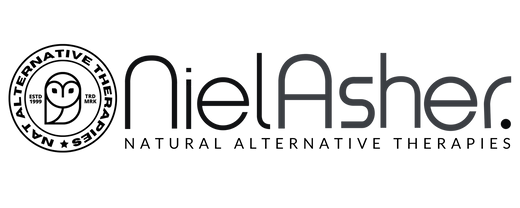Challenges to Optimal Core Function - Habituation

Correct vs Incorrect Human Posture
One of the biggest challenges to maintaining optimal core function is that of "habituation". Habituation occurs as a result of a lifetime of repeating the same movements and actions in daily activities which in turn influence the way we move and stabilize our body.
Postural strategy is one of the more common habits that we learn over time. There are a variety of postural habits which have an impact on our core stability and we will discuss some of these below;

Common Postures
When observing the neutral posture (see image A above), you will notice the alignment of the thorax over the pelvis, curvature of the spine and, if you imagine the plumb line, it passes through the ear, cervical and lumbar spines, to the knee joint and finally anterior to the ankle joint. With this posture, 3-dimensional breathing is optimised as is the activation of the deep myofascial system. In addition it encourages length in the superficial myofascial chains.
The military posture is often very rigid (see image B above). It is characterized by over activation of the glutes, abdominals, and neck flexors. As a result there is likely to be a reduced curvature of the spine in all three regions (cervical, thoracic and lumbar). Often, the thorax will be held behind the pelvis and you will notice a posterior pelvic tilt. For core stability, you will often find a heavy reliance on a bracing strategy with this posture.
With the sway back posture, the soft tissue structures of the anterior hip are "hung off" by the individual (see image C above). We would normally see a shortened rectus abdominis leading to "belly breathers" - during inspiration, a reduced ability to elevate the anterior thorax. Also, the thorax will often be held behind the pelvis and along with over-stretched lower abdominals, the ability to stabilize the core will be compromised.
This posture (see image D above) is increasingly common amongst Pilates and Yoga practitioners as well as exercise enthusiasts. As a result of cueing, the rib cage is lifted and the shoulder blades are pulled down and back (retracted).
Characteristics of Thoracolumbar Hyperextension include increased activity in the thoracolumbar erectors and a greater extension at the thoracolumbar junction. In turn, this can inhibit posterolateral breathing. The activation of the deep myofascial system will not be possible, particularly where the psoas, diaphragm, quadratus lumborum and TVA myofascially join into the thoracolumbar junction. As a result of being "belly breathers", an over-reliance on the bracing strategy for support will be exhibited due to the inability to generate the correct IAP to support loading. Due to their non-optimal strategy it is common to see tightness or stiffness in the back.
Watch Karen Vizueta below discuss posture alignment correction;

Ready to take your practice to the next level?
Explore which continuing education course is right for you.














